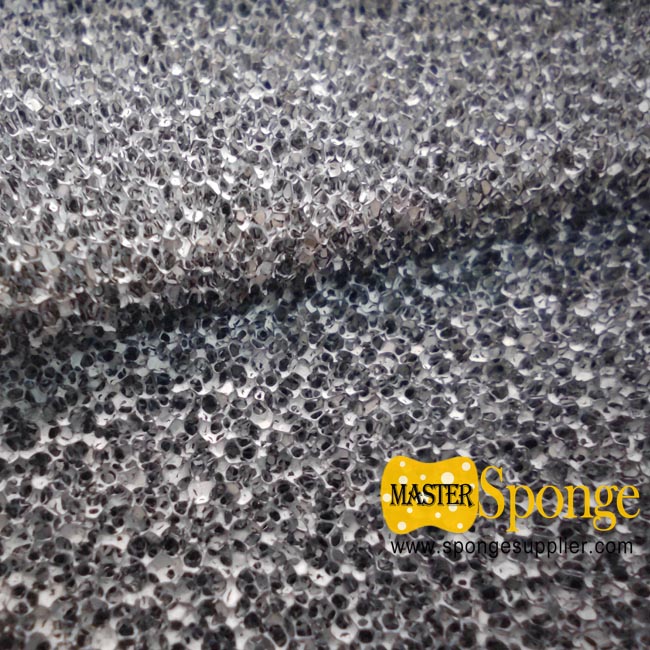
Photocatalyst reticulated filter foam
Photocatalyst is a general term for photo-semiconductor materials with photocatalytic function represented by nano-sized titanium dioxide. It is currently one of the materials used to control indoor environmental pollution in the world.
Under the irradiation of light, the photocatalyst will produce a photocatalytic reaction similar to photosynthesis, and produce free hydroxyl groups and active oxygen with strong oxidizing ability. It has a strong photo-redox function and can oxidize and decompose various organic compounds and parts. Inorganic substances can destroy the cell membranes of bacteria and the proteins that solidify viruses, kill bacteria and decompose organic pollutants, and decompose organic pollutants into pollution-free water (H2O) and carbon dioxide (CO2), thus having a strong sterilization, Deodorization, anti-mildew, anti-fouling, self-cleaning, and air purification functions.
In order to get the best photocatalytic effect, the wavelength of the UV-light should be less than 380nm.
Currently the most used is 254nm(commonly used ultraviolet lamp) or 365nm.
Because the shorter the wavelength, the stronger the energy, but the smaller the radiation range.
So in the large space, the 365nm will has the better effect than 254nm.
But in the small space, the 254nm will has the better effect than 365nm.
Master Sponge and Foam Products Manufacturer produce Photocatalyst Reticulated Filter Foam, which widely used in air conditioners, air purifiers, car purification systems, air purification in factories/workshops and other products.











